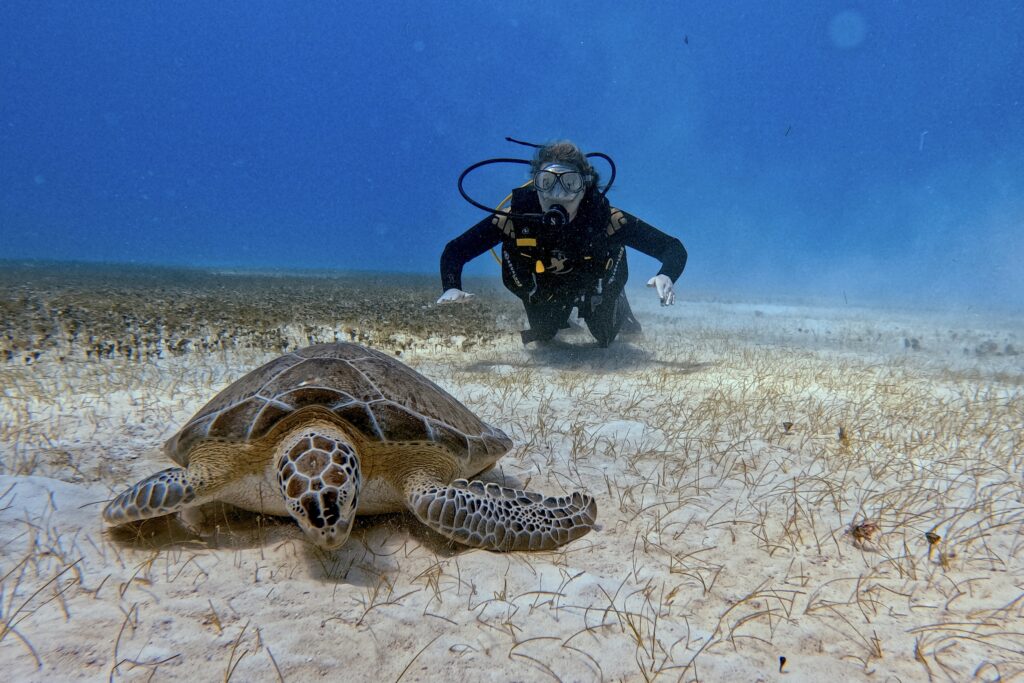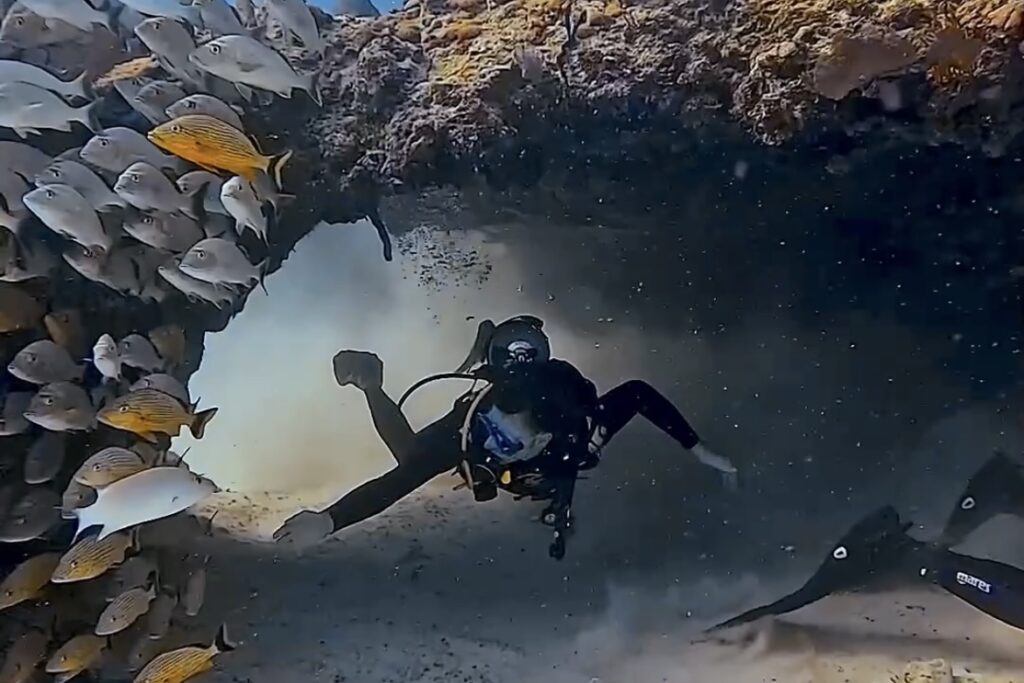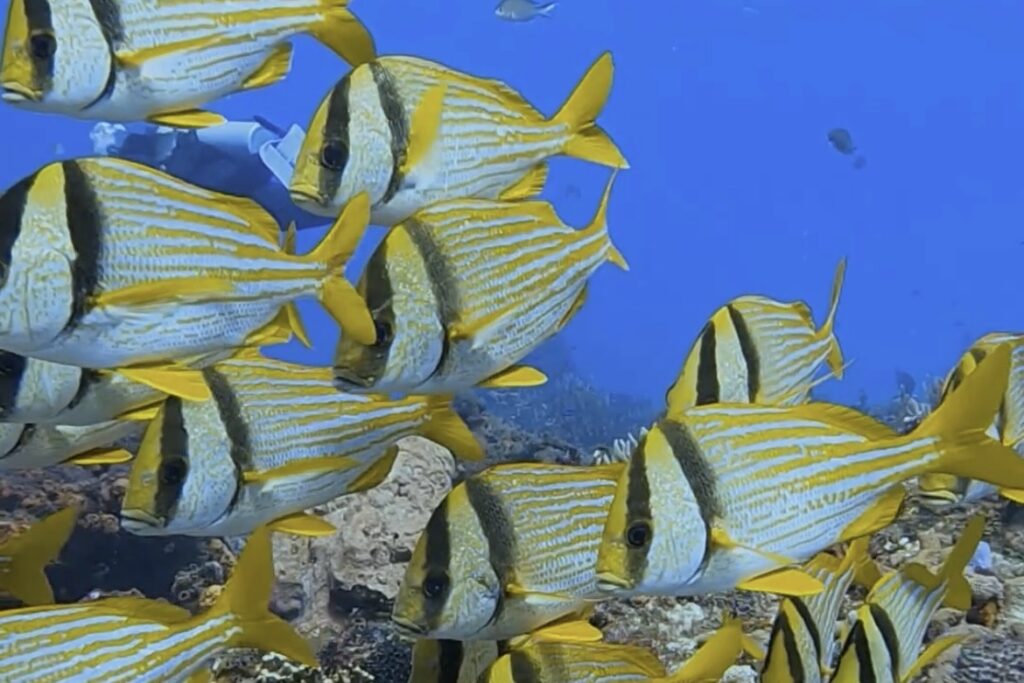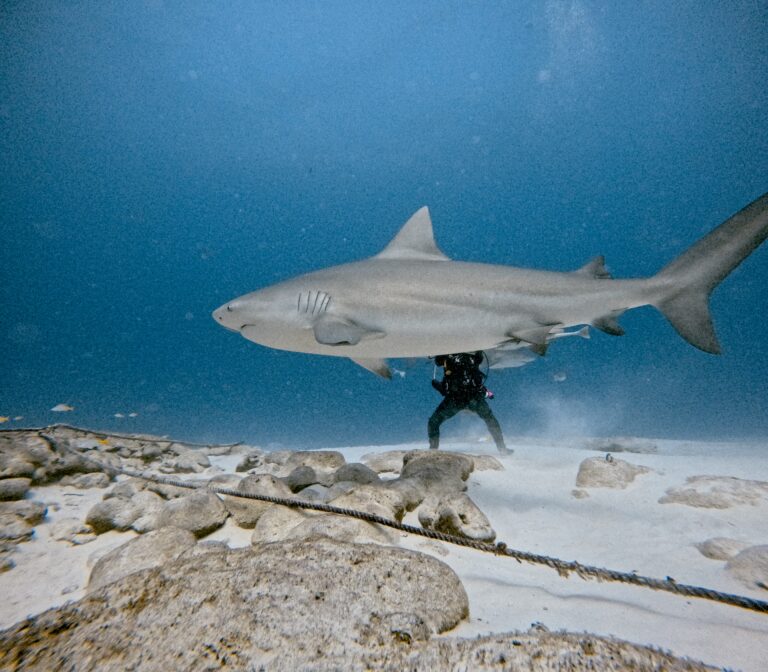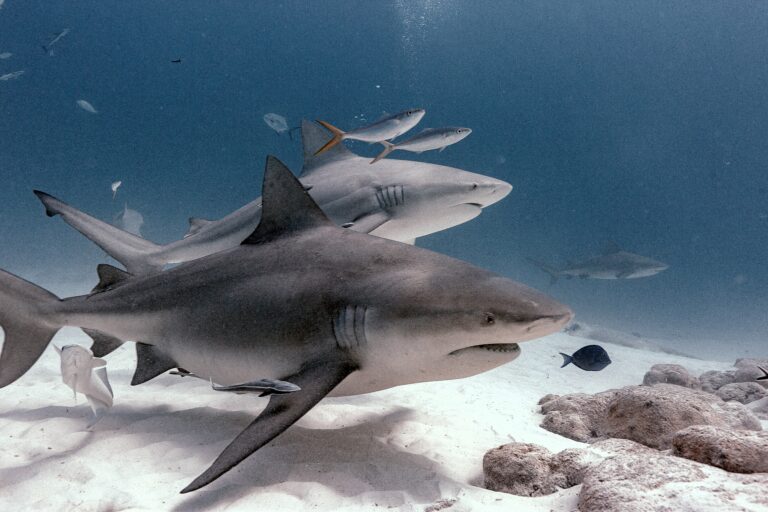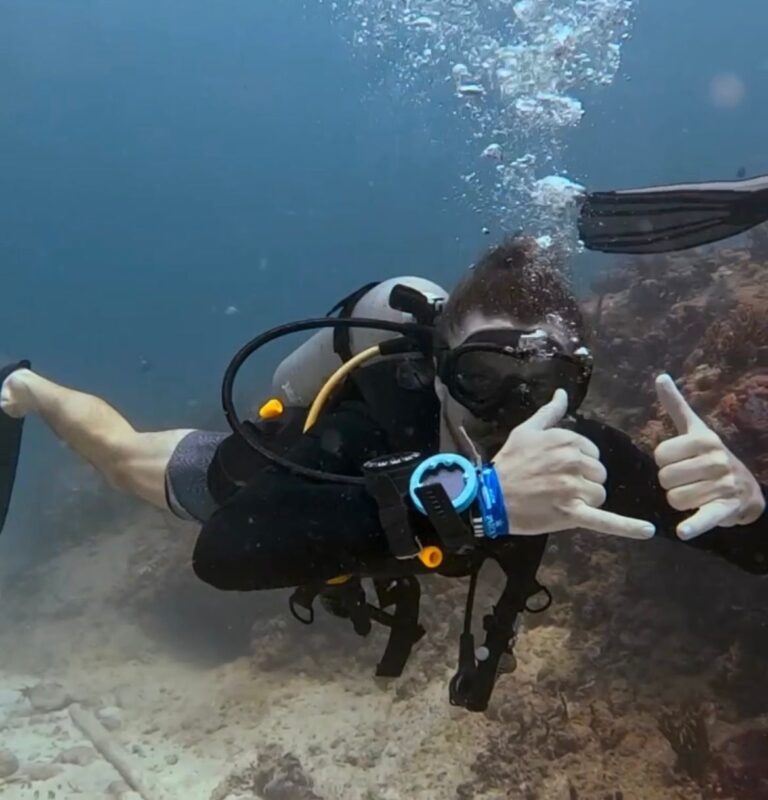When you dive into the underwater world, there’s a lot more going on than just swimming around. One of the most important things you learn as a diver is how to control your buoyancy, which basically means how to stay balanced and not sink or float too much. It might not sound like a big deal, but it’s super important for a bunch of reasons. In this blog we will discuss the importance of buoyancy control and why you should master it.
Imagine you’re diving and suddenly start sinking too fast or shooting up to the surface. That’s dangerous! Buoyancy control helps you stay in control, avoiding accidents like getting the bends or hurting yourself.
The ocean is like a delicate ecosystem, and divers need to be careful not to mess it up. If you’re thrashing around and crashing into coral reefs, you’re hurting the environment. Buoyancy control helps you move smoothly, so you don’t accidentally damage the underwater world.
Ever dreamed of gliding through the water like a fish? Buoyancy control lets you do just that! When you’ve got the hang of it, you can focus on the beauty around you instead of struggling to stay afloat.
If you are interested in underwater photography or videography buoyancy control is crucial. The ability to stay neutrally buoyant while composing a photo or taking a video will help you create better quality content and prevent blurriness due to movement.
Like any skill, buoyancy control takes practice. The more you dive and work on it, the better you get. It’s like leveling up in a video game – each dive is a chance to improve and explore new depths.
To perfect buoyancy control, you need to remember a few things:
- Breathe Right: Your breathing affects how buoyant you are. Take deep breaths to float up and slow long exhales to sink down.
- Watch Your Weight: Too much weight, and you’ll sink like a stone. Too little, and you’ll be bobbing like a buoy. Finding the right balance is key.
- Use Your Gear: When diving you can always use your BCD to aid in finding your perfect buoyancy. You can add air to go up or release air to go down.
- Keep it Smooth: Move slowly and gracefully underwater. Less splashing means you’re not scaring away the fish, and you’re conserving your energy too!
There are many ways you can practice and improve your buoyancy control. If you continue your training with the PADI advanced course, peak performance buoyancy is an amazing option for one of your specialties. There are also specific specialty courses and clinics which can aid you in perfecting your buoyancy. At Xico Dive Center we offer all of these options.
Mastering buoyancy control is like finding your groove underwater – it’s about feeling light, agile, and in tune with the ocean’s rhythm. So, next time you dive, remember: buoyancy isn’t just about floating; it’s about diving right into the heart of the underwater adventure!
